“People want to come, enjoy, share their food, share their story”: Chef Peter Joseph on starting afresh at Kahani
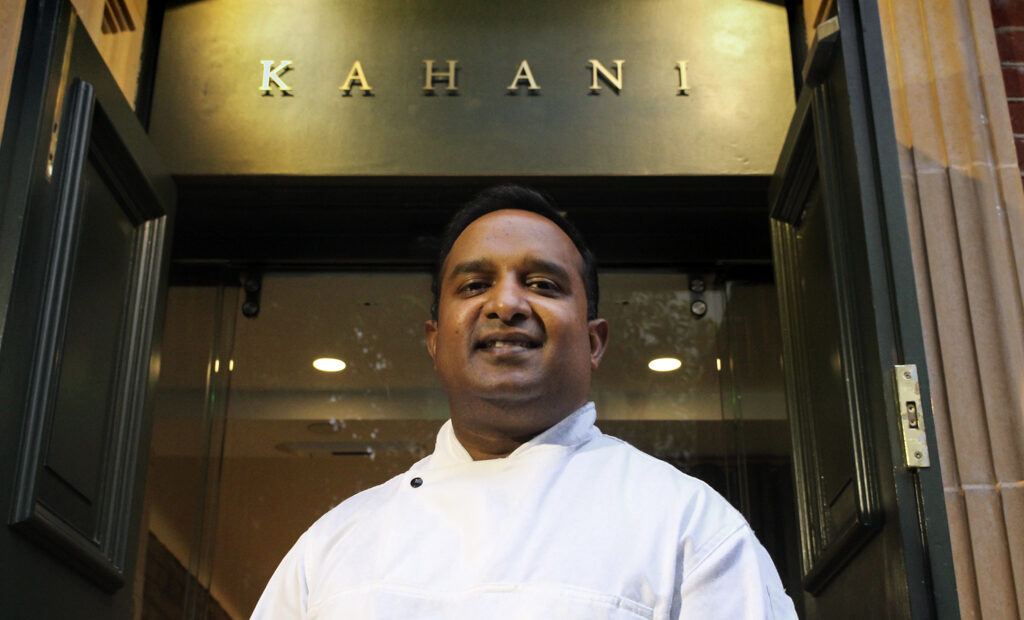
Raised in Tamil Nadu and trained in everything from traditional pastry to continental cuisine before making his name at Tamarind, the first Indian restaurant in London to be awarded a Michelin star, Peter Joseph has an inventory of culinary experience as rich and colourful as his plates. The chef spent 13 years at Mayfair’s famed establishment but in 2018, after ten years at the helm, he decided to forge a new path in the capital’s culinary scene, launching a solo venture. The end result, Kahani, tucked away off Chelsea’s Sloane Square, offers a refined yet refreshingly unpretentious menu, a warm, sociable ethos and a masterclass in spices. We talked to Joseph about the transition from curry houses to fine dining kitchens, the cost of 10pm curfews and the importance of sharing food and stories.
How does the hospitality industry bounce back from Covid-19? Do you think it will be permanently changed?
The hospitality industry has been majorly affected by the pandemic. Things are slowly picking up but in the UK there is a second wave going on which will definitely affect business. The government are bringing in new rules, everyday changes, and now we have to close at 10pm, which means losing money and covers. Especially during the festival period, people want to spend more time in the restaurants, late nights in the pubs, so there is a loss and of course it’s a major hit for the hospitality industry all over the world.
How are you coping at Kahani?
At Kahani we were trying to adapt to this new situation. We were doing more home cooking for ten people, 12 people, but at the moment there is a hit there as well: you can’t have more than six. We are surviving at the moment; people are coming to restaurants. Of course, we are not meeting the last two years’ sales for September, but it’s better than we thought.
Does the 10pm curfew have a significant impact on your service?
Absolutely, because normally out kitchen is open until 11pm, so until 11 we can take orders. So those people can spend at least an hour, an hour and a half at the restaurant until 12.30. So now, for 10pm closure, the last customer has to leave the restaurant at 10pm – we need to shut the door – and we are fine dining, not fast food like some other outlets, so we have to take the last order around 9pm. It’s tight but they have 1 hour, enough time for dinner.
During the lockdown, we also saw the re-emergence of racial issues, with global protests sparked by the death of George Floyd. You’ve been working and succeeding in London has a person of colour. Where are we now with this issue?
In the UK it is better than other places – that’s how I see it – but of course, it’s still there. I think to go fully it will take a long, long time. Even sometimes in the countryside you can feel it and of course, in this pandemic, it’s another area of stress. I think London is a very multicultural city though. Where else in the world has so many multi cuisine restaurants? We have Chinese restaurants, we have Indian restaurants with Michelin stars – not one, but closer to 10.
Is this one of the reasons why you chose London?
From day one, my first job was at a London Bridge hotel in a Malaysian-Indian restaurant called Georgetown. I’d been there two years and then I moved to Michelin-starred Tamarind in Mayfair. That’s my real base and that’s where I learnt all my fine dining skills. Traditionally I know Indian cuisine and multi cuisines; I was a sous chef and head chef in India itself, but the training of traditional fine dining Indian, I learnt from Tamarind. So I was there from 2005 to 2018, almost 13 years. I love London city; yes, it’s crowded, buzzy, busy, but I love the culture here so I thought, why not open a fine dining place? So we found a place in Sloane Square off Sloane Street. It’s called Kahani. We named it Kahani because it means story in Hindi. I have 20 years of experience – I started my career in 1999 – so I wanted to put together what I have learnt from then until now: that’s Kahani. Back in my city where I come from, we used to get together for festivals and family gatherings; we shared our stories, shared our food, so that’s how I created the concept: it’s a social eating place, it’s not like robotic plated dining. People want to come, enjoy, share their food, share their story, so that’s how we created Kahani.
Going back to your origins, you were raised in the south of India. How has your upbringing shaped you as a chef? Who has been your biggest inspiration?
The first chef who I worked with, who is my mentor, I still see him as my guru: Rakesh Upadhyay. He taught me everything, especially the hotel skills, Indian food. I started making my career as a pastry chef, which is interesting as well, so I learnt from him. I worked in continental in India: steaks pasta, pizza, fish and chips, so I’m very familiar with these as well. I worked in many Indian kitchens, but lots of skills I learnt at Tamarind restaurant. Kahani is my experiment as I tried lots of dishes from all across India; it’s worked really well. Some of the dishes – Malabar prawns, broccoli, sirloin steak – they are very famous dishes. Where I come from in the southern part of India, we use lots of coconut and mustard in the cooking, but I’m very familiar with northern Indian cuisine as well. So Kahani is about all-over Indian food: it’s not northern Indian or southern Indian, it’s an Indian restaurant.
A lot of traditional Indian restaurants cook curries in bulk quantities over a long period of time. How did you find the transition of adapting to a more painstaking and personalised plating process? Is it more challenging to layer such delicate, complex flavours at a faster pace?
I think it comes with the training but normally Indian food is more greasy and saucy so I just picked up traditional Indian curries like Malabar Prawns, Butter Chicken, Karahi Murgh, these are some famous dishes in India. So I just picked them, and picked the main spices from them, and made the powder, and just marinated the meat and throw them in the tandoor. So you still feel the curry flavour in it, but it’s grilled in a healthier way; that’s what I focused on. Kahani is a healthier and lighter concept.
You started Kahani from scratch after coming from over a decade at Tamarind. What have been the main challenges in starting your own restaurant?
The main challenge is reminding myself that I don’t want to make another Tamarind. I want to make Kahani. Yes, because I worked there for 13 years, there is always some Tamarind that comes into my cooking, but when I plate and marinade I don’t want to see Tamarind again. Tamarind is more for pre-plated starters and sharing main courses; here you share everything; you don’t find anything pre-plated. I wanted to create something different.
Your Kahani at Home Service takes the delivery service one step further. Do you feel customers gain something special from this more tailored experience? Have you gained something yourself?
I’m very good at events. From the start of my career I used to do big events – 1,000 covers, 800 covers – in India itself. Then I joined Tamarind and I gained lots of experience, working at large events serving for 3,000 people in two days, and in Geneva at food festivals, serving 200 people a day, things like that. Even when I was working in a fine-dining, Michelin-starred restaurant, still events came with me. So when facing this pandemic, I was thinking what else can we do? How can we approach people? How can we still survive and sustain the market? This is when the Kahani at Home concept came to me. In lockdown people are hesitant about going to restaurants, so why can’t one chef just go to them, prepare everything at home? Sometimes they ask for waiters as well, for cocktails and wine. Otherwise, I just go and cook for 10 people, 20 people; starters, main course. It worked out really well. Many of them enjoyed the experience – I think I did around 15-20 over two months. But I think it’s affected by the rule of six. Let’s see; we have to stick to the government regulations as well.
What is next on the horizon for you?
Kahani is a very new restaurant. It’s two years old as opposed to Tamarind, which has 24 years of history. It is progressing and doing really well. It had to take the hit for Covid-19 but in spite of this, it still looks good. We are introducing another concept very soon, which will be released shortly!
Rosamund Kelby
Photos: Rosamund Kelby, Maria Barrios, Azhul Mohamed

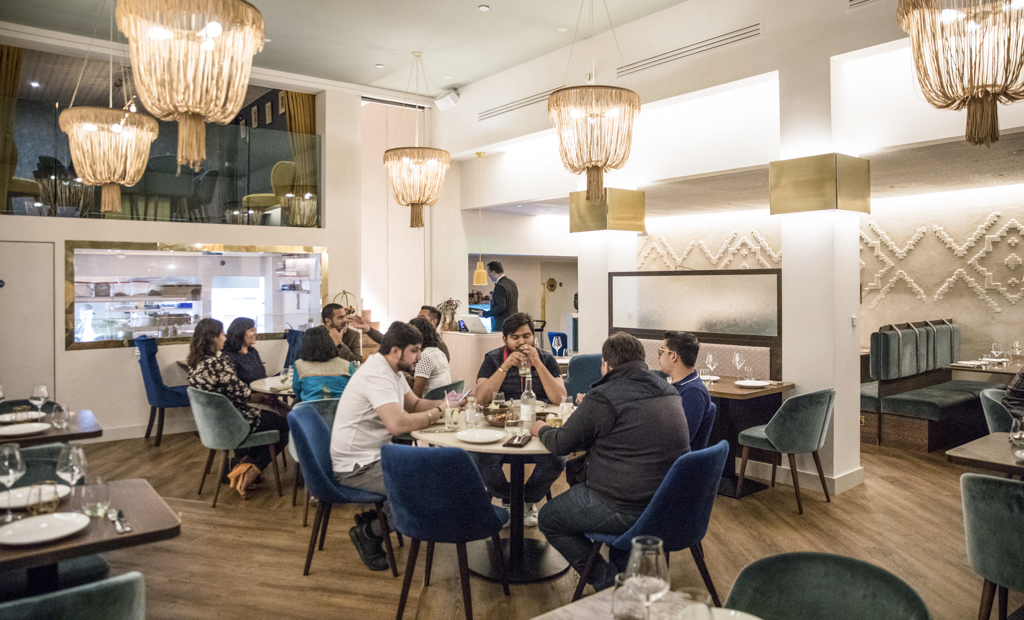
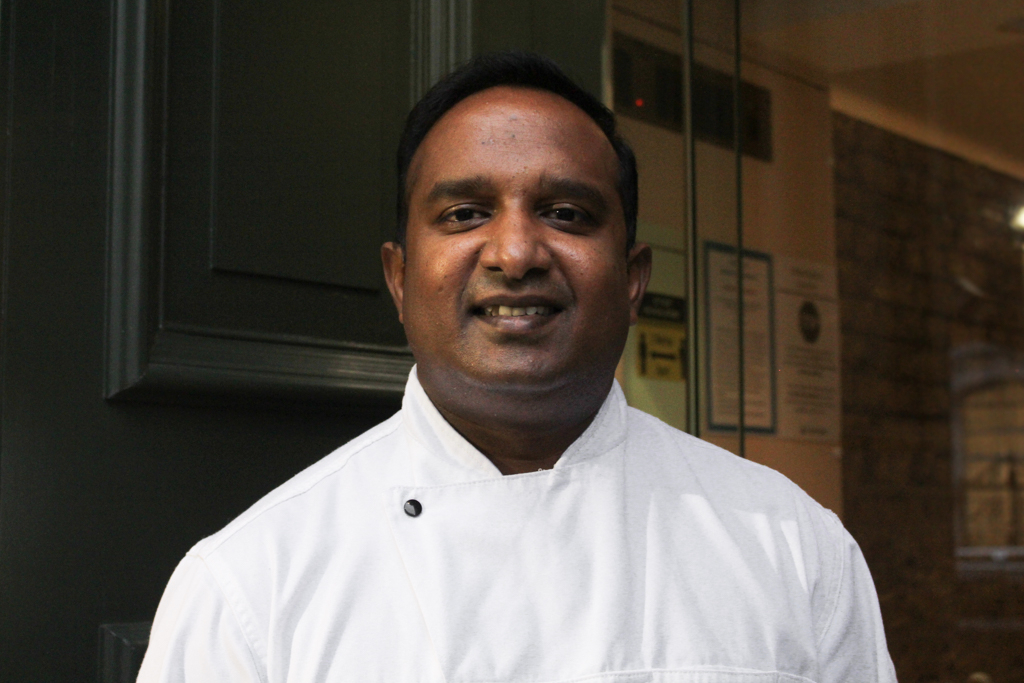
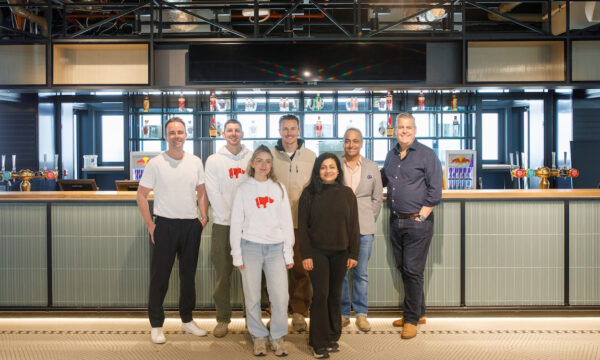
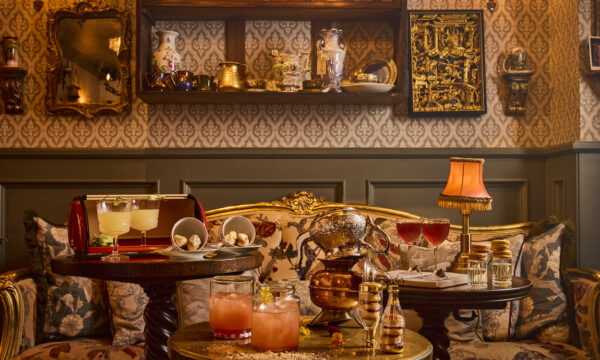
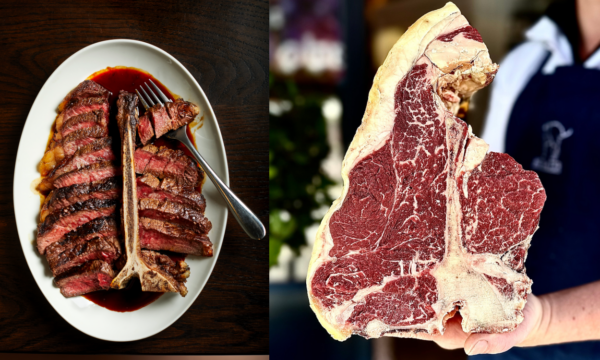
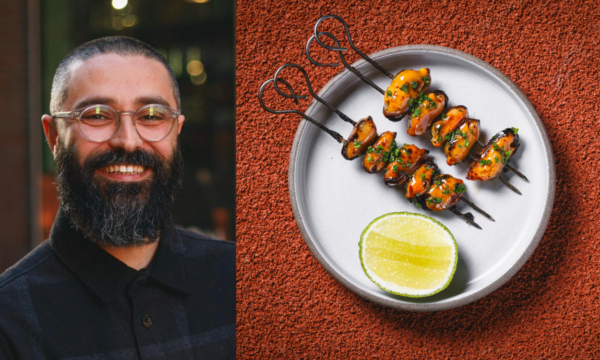
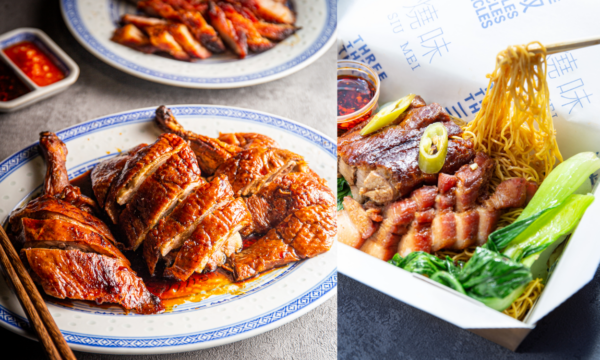
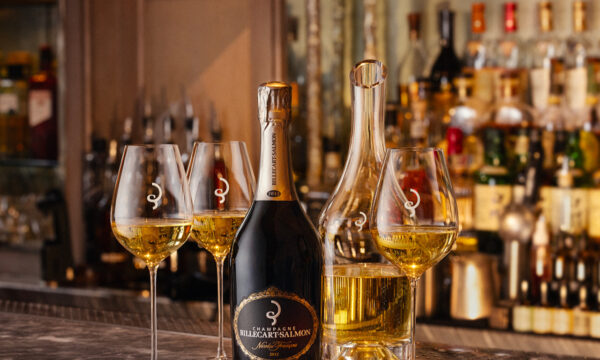
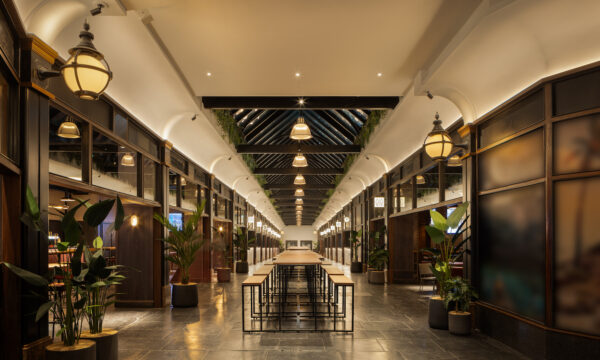
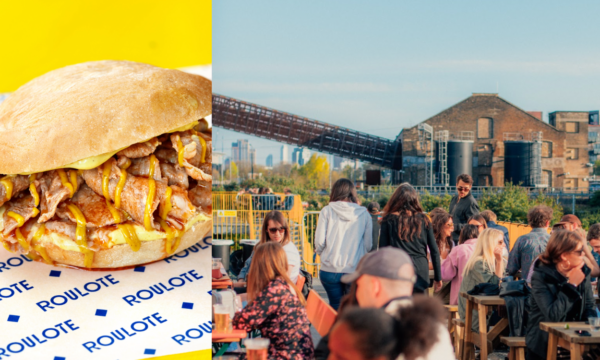
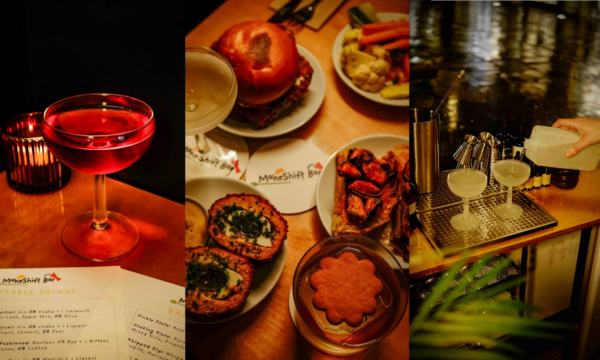














Facebook
Twitter
Instagram
YouTube
RSS